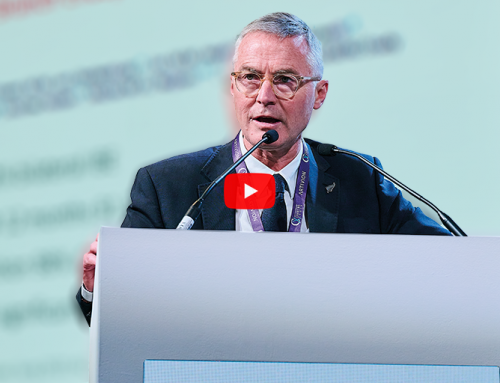
The particular complexities of dealing with paediatric vessels were discussed in depth at Tuesday’s varied and informative CX Paediatric Vascular Emergencies and Case Presentations session. Covering topics as diverse as acute ischaemia from pre-term to infant and treatment for battlefield trauma in children, the session was one of the highlights of the day.
Andrea Jester (Birmingham, UK) gave a notable presentation on the subject of surgery for acute occlusion, including microvascular surgery or better. Offering guidance on “how to manage an ischaemic limb in a neonate or infant,” she began by discussing the various recommendations for treatment in such cases found in the literature, from society guidelines to treatment algorithms. Explaining the importance of knowing when to treat conservatively, and when the rare instances arise in which surgery should be performed, Jester described her centre’s experiences treating patients with neonatal (upper) limb ischemia surgically. The take-home message of her talk was that “babies are not little adults.” When the decision to operate is carefully made, she concluded, surgeons must be ready to “go!”
A second stand-out talk of the session was Tom König’s (London, UK) discussion of paediatric vascular trauma; civilian, battlefield and iatrogenic. The principles of treating paediatric trauma cases are the same as for adult populations—that life should be preserved before limb—he explained. Different vascular biology and the potential for future growth, however, are just some of the factors which alter the treatment of paediatric trauma patients. Discussing the specifics of particular cases, as well as the general benefits and pitfalls of particular treatments for particular injuries, König’s presentation offered a comprehensive overview of paediatric trauma treatment for delegates. Concluding, he highlighted vital considerations; the relatively novel option of damage control resuscitation, the importance of ongoing psychological care for patients and the potential for future applications of endovascular stenting.
Other talks in the wide-ranging and detailed course—directed by George Hamilton (London, UK) and Malcolm Simms (Birmingham, UK)—focused on topics including endovascular treatment, congenital vascular disease, perivascular malignancy and vascular malformations in children.







